Mind maps are one of the simplest, most creative tools in a home educator’s toolkit. Whether your child is five or fifteen, mind mapping can help them organise information, explore ideas, and make connections across subjects. They’re colourful, flexible, and engaging—perfect for home-educated learners of all ages.
Mind maps are also excellent for YOU when planning any Home Education content. If you’ve ever felt like your home education plans are scattered across sticky notes and notebooks, you’re not alone. Mind maps are one of my favourite tools for brainstorming and organising ideas—and I’ve been using them since my own exam days!
Nowadays, they help me organise our home education plans from the top down, map out individual unit studies, plan projects with the kids, and even organise blog content. They’re a lifeline for both parents and children, helping everyone stay focused, creative, and connected through their learning.
In this post, we’ll explore why mind maps work so well, how to use them across your home education journey, and show real examples to inspire your next topic or project.
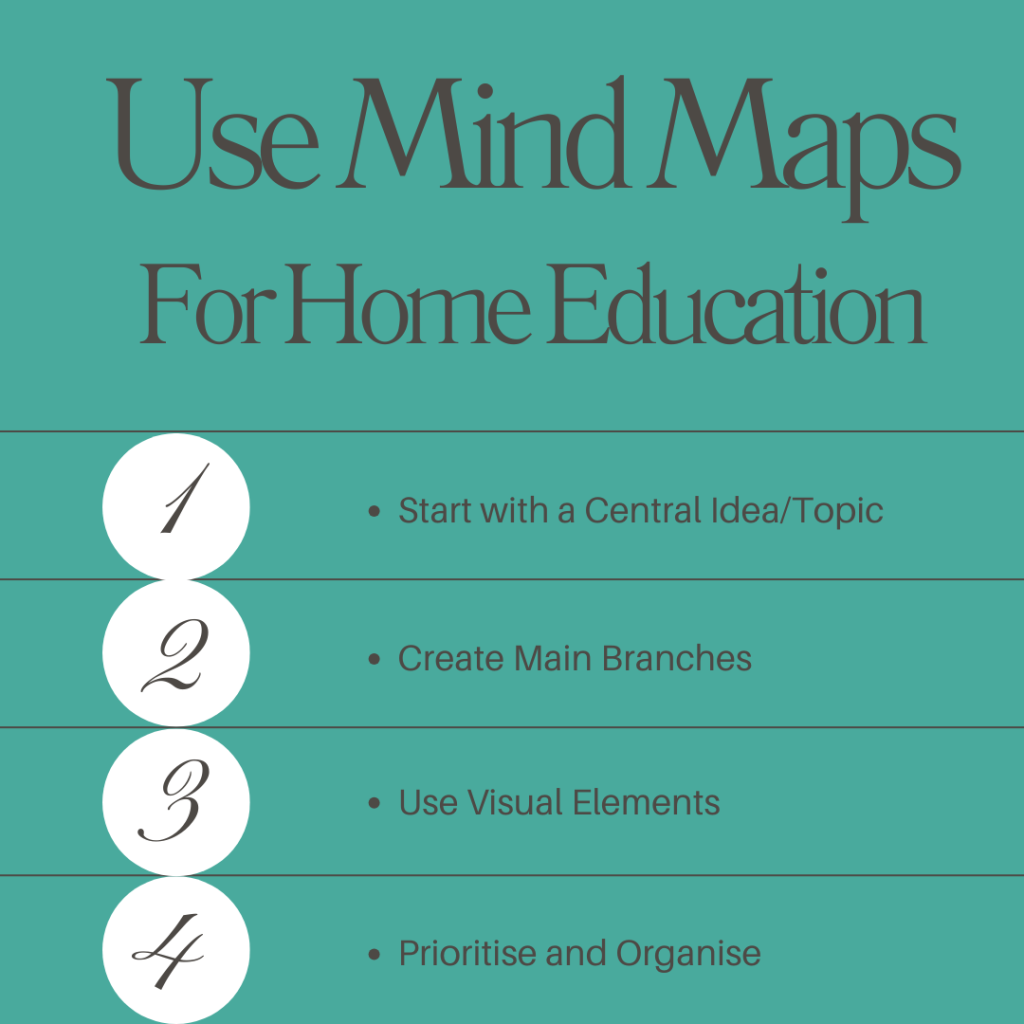
This post contains affiliate links, which means Barefoot Bliss and Books make a small commission at no extra cost to you. See the full disclosure here.
What is a Mind Map?
A mind map is a visual diagram that begins with a central idea in the middle of a page. From there, related ideas branch outward—almost like the limbs of a tree. Each branch can split into smaller sub-branches, showing how ideas connect and grow. It can be as simple or detailed as you like, and there’s no “right” way to do it.
It’s a little like watching your thoughts grow organically on paper.
Example: If your child is interested in castles, you could place “Castles” at the centre of your mind map. Branches might include history (medieval life), art (drawing or building castles), geography (locating castles in the UK or Europe), English (writing stories set in castles), and more.
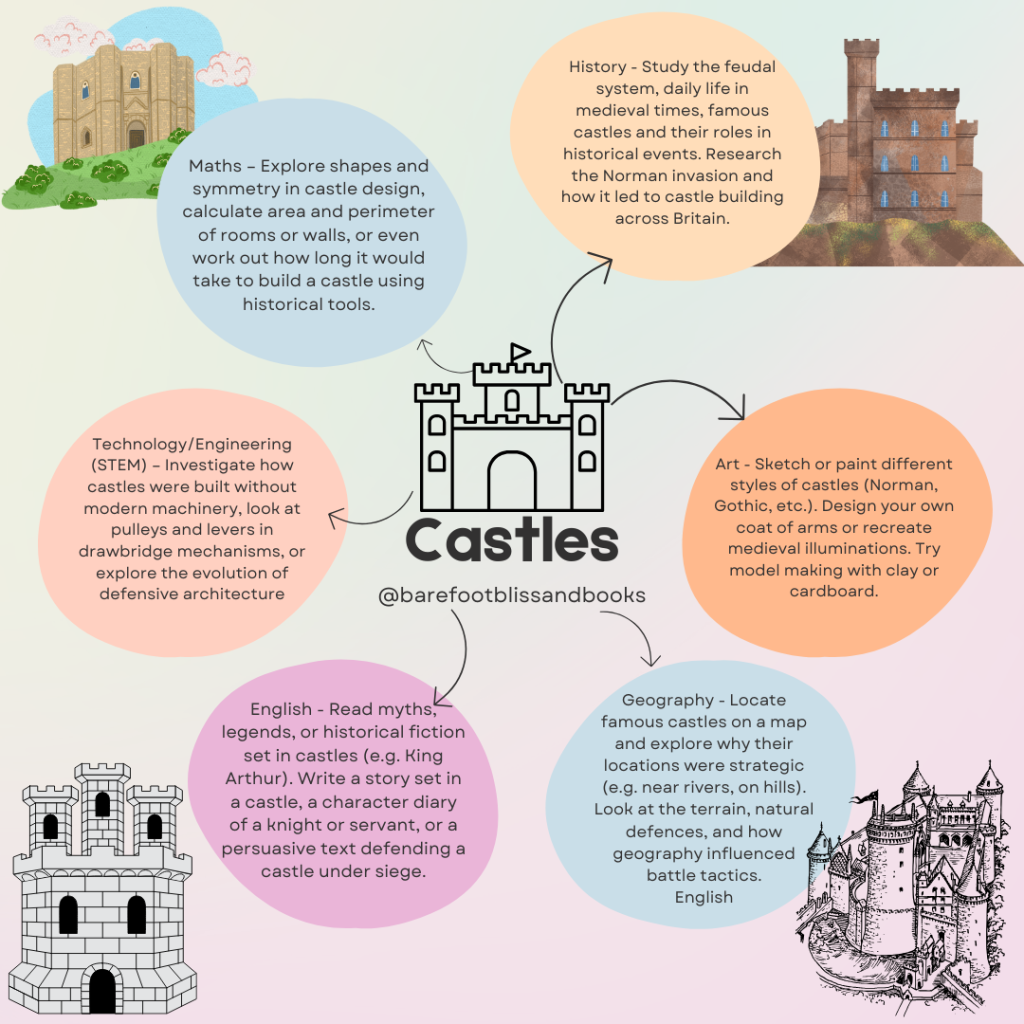
Why Use Mind Maps in Home Education?
Mind maps are brilliant because they:
- Help children (and adults!) organise their thinking visually.
- Make it easier to see connections between ideas.
- Encourage creativity — there’s no “right” way to do it.
- Help with memory and understanding because they use both words and images.
- Make planning less overwhelming — you can dump all your thoughts onto paper without worrying about structure at first.
Whether you’re planning a full unit study or helping your child explore a new topic they’re curious about, mind maps are a flexible and powerful tool.
What Subjects Can You Mind Map?
The beauty of mind maps is that they can be used across every subject and topic. Here are just a few examples:
- Science: life cycles, habitats, the solar system
- History: timelines, famous figures, causes and effects of key events
- English: book summaries, character analysis, creative writing prompts
- Geography: countries, landforms, ecosystems
- Maths: revision of key concepts, problem-solving strategies
- Project work: topic brainstorming and research planning
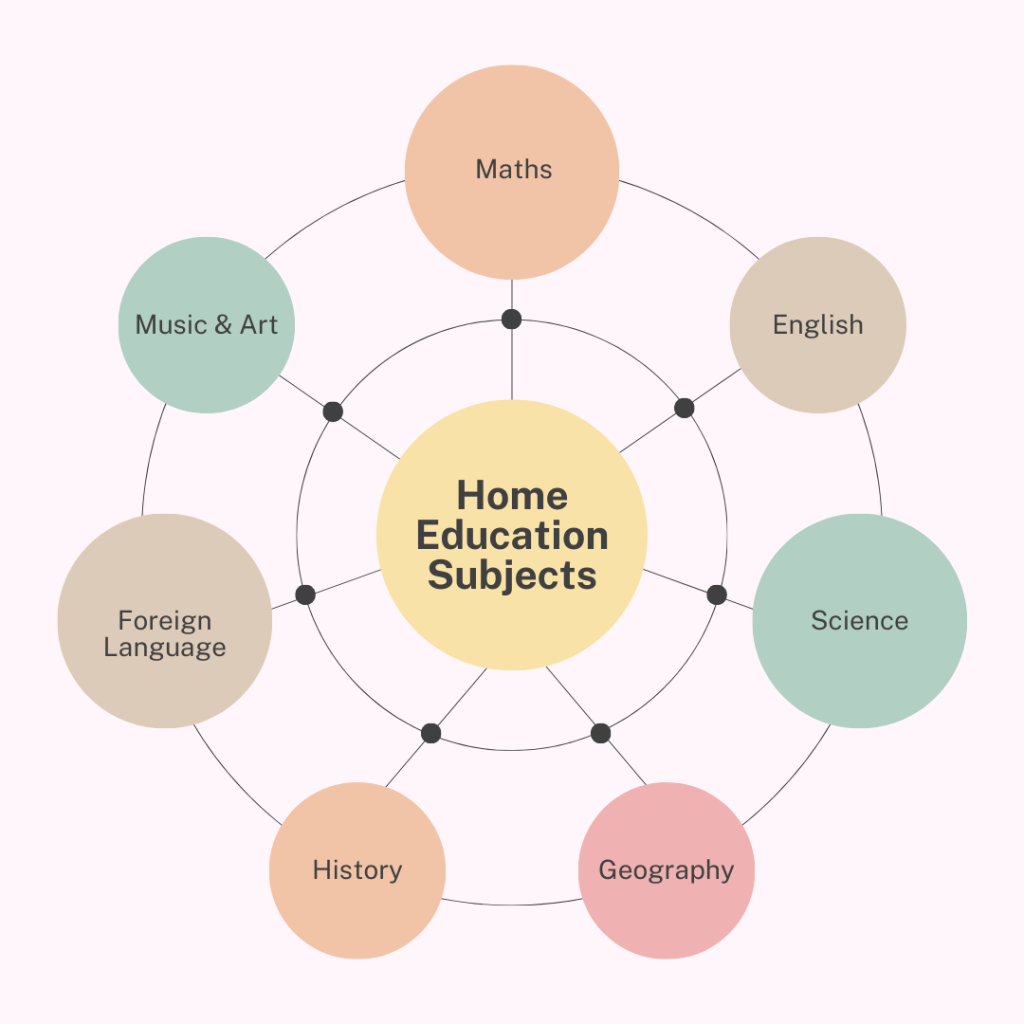
How to Create a Mind Map (Step-by-Step)
You don’t need any special tools to get started—just a blank page and something to write or draw with.
Here’s how:
- Start in the centre with your topic. Write the name and draw a small picture.
- Add branches for key categories or ideas.
- Add sub-branches to break those down into details or examples.
- Use colours and doodles to make it visually engaging.
- Keep it simple and personal. There’s no ‘wrong’ way to mind map!
You might like to work alongside your child at first or let them take the lead completely.
Real-Life Example: Wolves Unit Study
Let’s take a look at how a mind map can work for a specific topic.
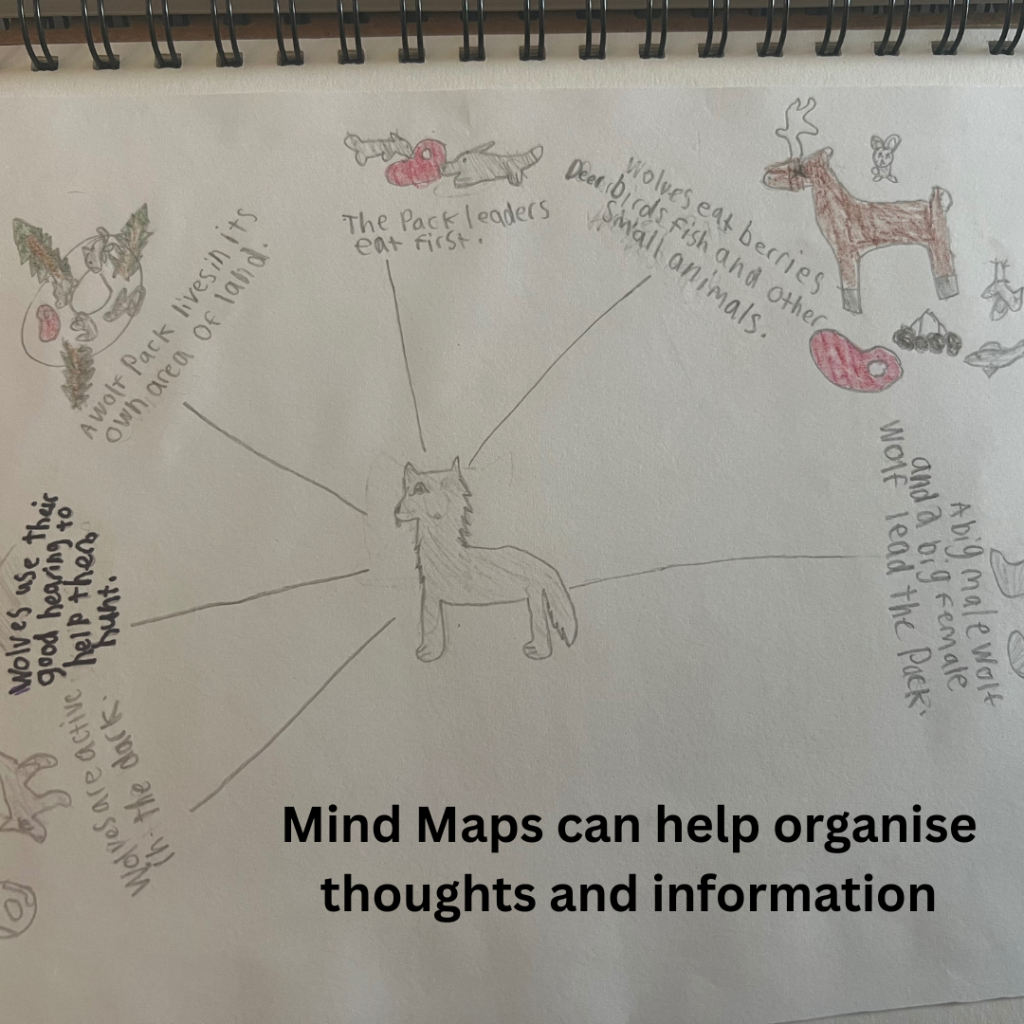
This hand-drawn mind map about wolves was created as part of a unit study. It includes branches for habitat, diet, characteristics, and threats—beautifully illustrated and student-led. The Mind Map formed a stepping stone between reading and watching information and then writing a formal report on the topic.
Using this kind of mind map, your child can explore a topic in-depth while developing their research, organisation, and presentation skills. You could follow it up with a fact file, poster, model, or presentation.
Tips for Using Mind Maps in Home Education
- Let your child use mind maps to plan their week, set goals, or reflect on learning.
- Use them at the start of a topic to brainstorm ideas.
- Use them during a topic to collect knowledge as it’s learned.
- Use them at the end to summarise and review what your child has understood.
- Create giant family mind maps on the wall as collaborative projects.
Final Thoughts
Mind maps are a wonderful way to spark curiosity, encourage creativity, and make learning more natural and connected.
Whether you’re sketching out a full unit study or simply following a child’s interest for the afternoon, a mind map helps you see the possibilities at a glance.
So next time you feel stuck or overwhelmed?
Grab a sheet of paper and start mapping it out — you might be amazed at where your thoughts take you!
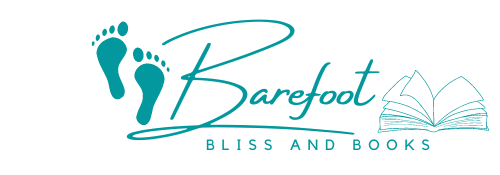
I love mind maps. One of my kids was good at writing but hated doing any preparation for writing an essay or a report. Once he knew about mind maps, preparation was no long a problem. He could draw out a mind map in a few minutes and didn’t need to tire out his hand with writing. The mind map meant it was all in the correct order for writing out the finished article without him having to rewrite anything (they weren’t allowed to use computers).
I remember loving using mind maps to study for exams. I am a much more visual person and I could remember the drawings better than the text.